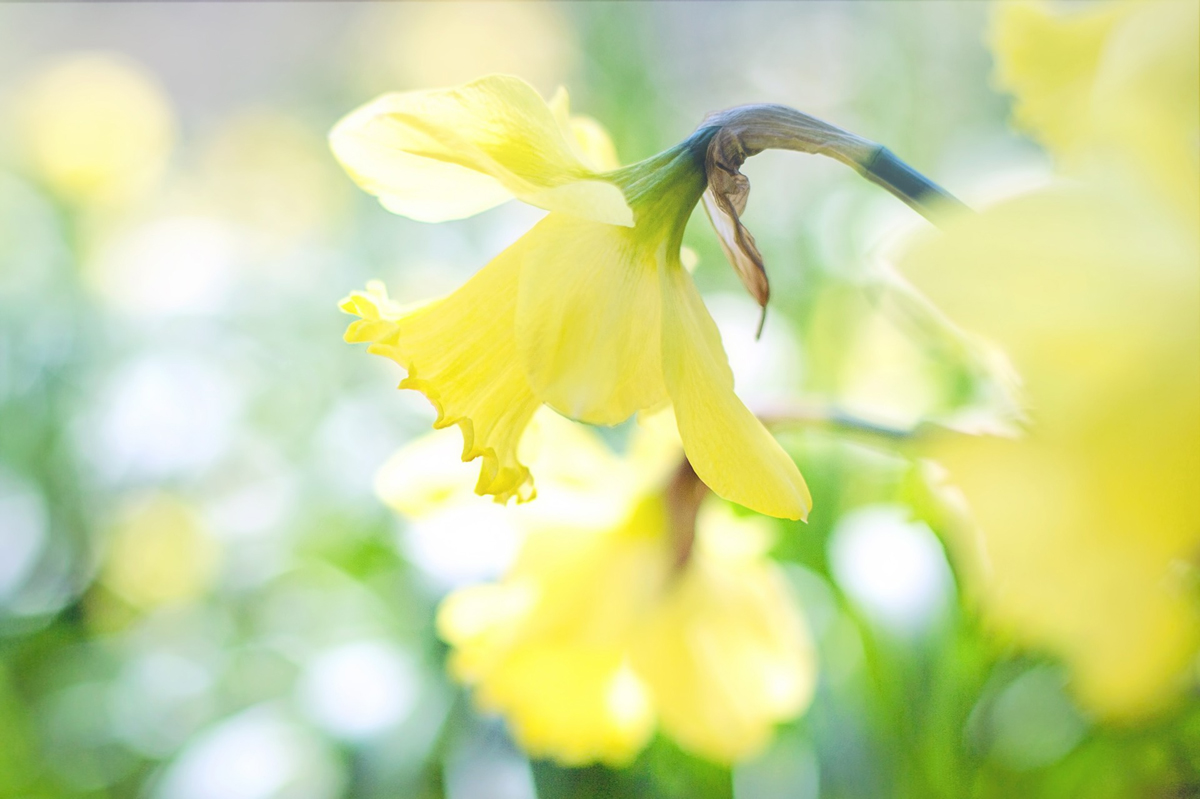Our Agrarian ancestors learned eons ago that successful farming depended upon the cooperation of the Gods – in particular Mother Nature. Planting and planning a successful vegetable garden depends largely on the signals Mother Nature sends us.
When early tulips and daffodils blossom, it’s safe to plant beets and Swiss chard seeds. They can take light frost.
At the first sign of other flowers it’s time to plant your cool season vegetables. Cool Season Vegetables include Broccoli, Brussels sprouts, cabbage, carrots, garlic, kale, kohlrabi, lettuce, onions both sets and seeds, peas, potatoes, radish, spinach, and turnip. They are the least susceptible to sudden frosts and can actually go in a few weeks before the date of the average last frost in your area.
In regions where frosts seldom occur, such as the Gulf Coast, Florida, and Sothern California. Plant these cool weather crops in Late September or October.
When late tulips and lilacs are in bloom, you can plant the following by seeds: bush beans, sweet corn, squashes and pumpkin. These plants can germinate in relatively cool soils, although they thrive in summer heat.
When the apple blossoms fall and summer has arrived, plant seeds outdoors for lima beans, pole beans, cantaloupe and muskmelon, cucumbers and circubits, eggplants, peppers, and tomatoes.
The Old Farmer’s Almanac makes the following observations
• Plant corn and beans when elm leaves are the size of a squirrel’s ear, when oak leaves are the size of a mouse’s ear, when apple blossoms begin to fall, or when dogwoods are in full bloom.
• Plant lettuce, spinach, peas, broccoli, and cabbage when the lilacs show their first leaves or when daffodils begin to bloom.
• Plant tomatoes, early corn, and peppers when dogwoods are in peak bloom or when daylilies start to bloom.
• Plant cucumbers and squash when lilac flowers fade.
• Start succession plantings of beets and carrots when dandelions are blooming.
• Plant peas when the forsythia blooms.
Although I don’t endorse astrology, I find it interesting to note that our agrarian ancestors also watched the phases of the moon and Zodiac for an indication of beginning certain activities. When planting crops such as corn that produced above ground, the moon should be “waxing”. While sewing root crops such as potatoes, there should be a “waning” moon. Many frequently consulted almanacs and planting calendars that took these factors into consideration.
The Zodiac was frequently used in conjunction with the phases of the moon to determine planting times. This system resulted in the development of planting calendars, or what we know today as “farmer’s almanacs.” There are four primary astrological categories of the zodiac: earth, air, fire, and water. Earth, wind, fire and water each have corresponding plant parts – roots, leaves, seeds, and blooms. Farmers would plant according to the type of plant growth desired. Potatoes were Earth/Roots Lettuce was Air/Leaves and so on.
The Author:
Richard Rajotte has been an avid Gardener since the age of ten, over 40 years. He has written a number of gardening articles primarily under the pseudonym Abigal Gordon. He also writes on Biblical History and archeology, as well as “pseudo” scientific and historical topics. http://www.luv2garden.com
